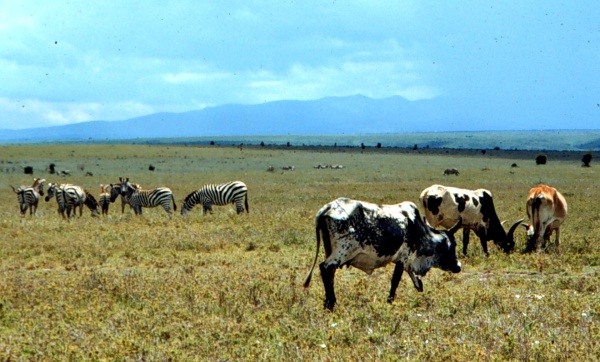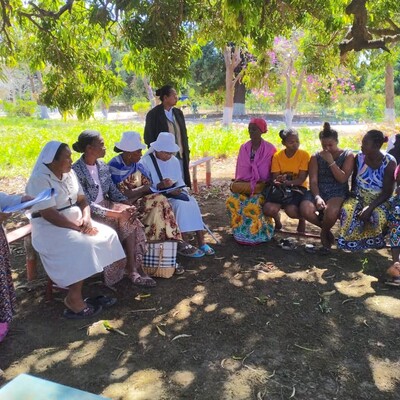
Disease outbreaks linked to degraded ecosystems: A problem ALL of us are driving and ALL of us need to solve
Kenya’s wildlife-rich rangelands with cattle and wildlife (photo credit: ILRI/Dave Elsworth).
‘While the world’s attention is focused on controlling COVID-19, evidence points at the biodiversity crisis as a leading factor in its emergence. At first glance, the two issues might seem unrelated, but disease outbreaks and degraded ecosystems are deeply connected.
‘Frédéric Baudron, systems agronomist at the International Maize and Wheat Improvement Center (CIMMYT), and Florian Liégeois, virologist at the Institut de Recherche pour le Développement (IRD), share their insights on the current COVID-19 crisis and the link between biodiversity loss and emerging infectious diseases. . . .’
60% of infectious diseases are zoonotic, meaning that they are spread from animals to humans and 72% of these zoonoses originate from wildlife.
COVID-19 is just the last in a long list of zoonoses originating from wildlife. Other recent outbreaks include SARS, Ebola, avian influenza and swine influenza.
As human activities continue to disturb ecosystems worldwide, we are likely to see more pathogens crossing from wildlife to humans in the future.
This should serve as a call to better manage our relationship with nature in general, and wildlife in particular. . . .
[L]and use changes, generally due to changes in agricultural practices, has been the leading driver. . . .
The problem of biodiversity loss as a driver of the emergence of zoonoses is a complex one: it doesn’t have a simple solution, such as banning wet markets in China. . . .
There is an inconvenient truth in the biodiversity crisis: we all drive it through our consumption patterns. . . .
Reducing the negative impact of food production on biodiversity is likely to require a global, concerted effort similar to the Paris Agreements for climate. . . .
Farming tends to be a major driver of biodiversity loss in these areas but is also a main source of livelihoods.
The burden of reducing the impact of agriculture on biodiversity in disease hotspots cannot be left to local farmers, who tend to be poor small-scale farmers: it will have to be shared with the rest of us.
Read the whole article by Alison Doody, Frédéric Baudron and Florian Liégeois: Safeguarding biodiversity is essential to prevent the next COVID-19—Experts share their insights on the link between biodiversity loss and emerging infectious diseases, CIMMYT News, 8 Apr 2020.






















